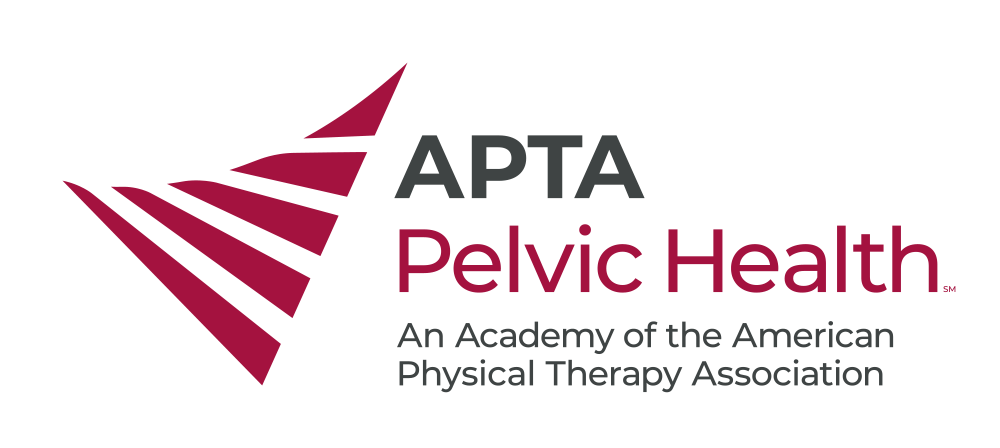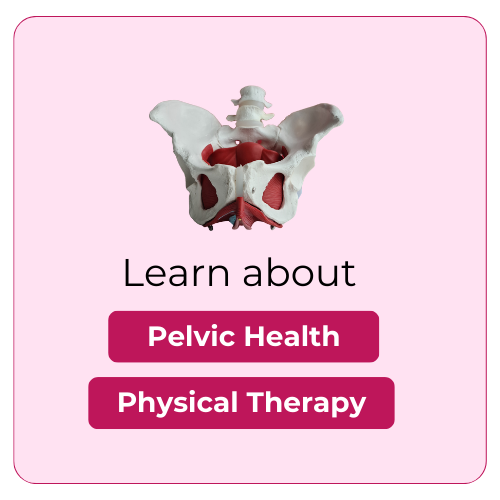A Student's Journey To Pelvic Health Therapy
I have always had an interest in the intersections of health and fitness, as I am sure is a thread with many a physical therapist. Coupled with my vague desire to “help” people, it seemed appropriate (if not all-too-predictable) to begin my undergraduate career with intent for physical therapy. However, through my university career progression, I have been exposed to a small sampling of the variety of interests, peoples, and communities that the world has to offer. Through these personal and professional experiences, my cursory and superficial interest in physical therapy was transformed into a passionate commitment and confidence in my choice of profession.
My commitment to physical therapy was solidified when my younger sister was diagnosed with non-Hodgkin’s lymphoma in 2019. As she started chemotherapy and radiation treatments, life shifted for my family as hospital trips became more frequent. In addition to the more obvious symptoms and side-effects that she was experiencing, there was one thing that really stood out to me. There was a dramatic shift in the amount of movement she was able to withstand as she shifted from walking to bed rest and back again throughout her treatment. I also observed the incredible amounts of strain that cancer put on the bodies of others in her pediatric oncology ward. I saw children regressing in their mobility as they shifted towards an increased reliance on wheelchairs and those in remission who began the slow-moving journey to regaining their strength. As I was exposed to people living in these situations, I was a witness to how small changes in their ability to move often crept out to affect their motivation for recovery and their will to persevere. Witnessing my sister’s journey was a large catalyst for my choosing a movement-centered career of physical therapy, a commitment that has only gotten stronger as I have learned more about the profession.
Although most people associate physical therapy with athletic or geriatric populations, seeing the profession through my sister’s eyes gives me a unique perspective of the field and just who it applies to. In some way or another, whether it be from a wheelchair, a bed, or standing on two feet, movement is a universal constant for us all. It has an intrinsic impact on our daily routines and quality of life. Therefore, it only makes sense to pursue a career in which the goal is to promote health through the utilization of movement. I love that physical therapy uses movement, our unifying factor, for both prevention and treatment. Because of this focus, physical therapy is a profession that can be applied anywhere and to anyone.
Although my journey began with pediatric oncology, my current area of interest lies within pelvic floor therapy as it relates to sexual dysfunction, urinary incontinence, and lymphedema in pregnant, post-partum, and oncological populations. For many women, body changes such as incontinence (a “leaky bladder”) can last for years, acting as an embarrassing and uncomfortable barrier to returning to their pre-pregnancy life, whether it be sports or career. Other women are convinced that sexual intercourse will always be painful, robbing them of intimacy in their relationships. Worse, these symptoms are normalized and accepted as the chronic and necessary costs of childbirth, even though this is patently untrue. In 2020, I had the privilege of shadowing a pelvic physical therapist with a patient that was 5 years post-partum, having conceived as a victim of rape. At the start of her physical therapy, this patient had been unable to have sexual intercourse since giving birth due to physical and psychological trauma. It was an incredible experience to watch her progress through treatment as her tolerance was increased and chronic pain was suppressed. Through this opportunity, I gained a life-changing perspective on the struggles faced by mothers, a group that is often left behind and marginalized after giving birth. This is the type of work I hope to continue as I enter the workforce, in addition to educating other women about the possibilities of returning to a normal life post-pregnancy. I hope to advocate for post-partum women’s quality of life so that they can go forward and pursue their goals. All mothers should be unencumbered by their pelvic health and free from the weight of stereotypes about limitations of mothers in the workforce, on the athletic field, and in all walks of life. Working with mothers has helped me to realize that healthcare goes beyond the individual.
Physical therapy helps heal families and communities while transforming the very way we view our bodies. If we as a people want to promote the public good, we need to start with a cultural reset on our perception of motherhood and exactly what a woman’s body is capable of. This is my goal as a pelvic floor therapist. Upon graduation with my doctorate, I intend to pursue further education through a Women’s Health residency program before applying for board certification as a Women’s Clinical Specialist to accomplish these goals.
I am now in my third semester as an SPT at California State University, Long Beach, where I continue to explore my passions each day. I am currently expanding my perspective on these fields as a member of the APTA Pelvic Floor and Oncology Academies, building connections and educating myself on these specialties to provide quality treatment for my future patients, their families, and their communities.
My journey is far from over but, thus far, has allowed me to learn from the doctors who saved my sister’s life, the therapists who inspired me, and the educators who continue to empower me. I have chosen physical therapy as the mechanism through which I can keep the momentum going in hopes of passing the baton to the next generation so, in turn, they too can pass it forward.

Author: Raquelle Hafen
Author Bio: Raquelle is a first year SPT at California State University, Long Beach (Class of 2024.) She has strong interests in pelvic floor therapy as it relates to sexual dysfunction in pregnant, post-partum, and oncological populations.


